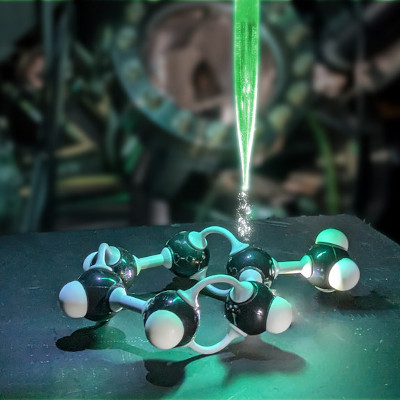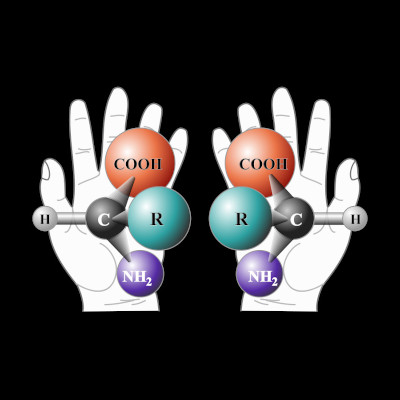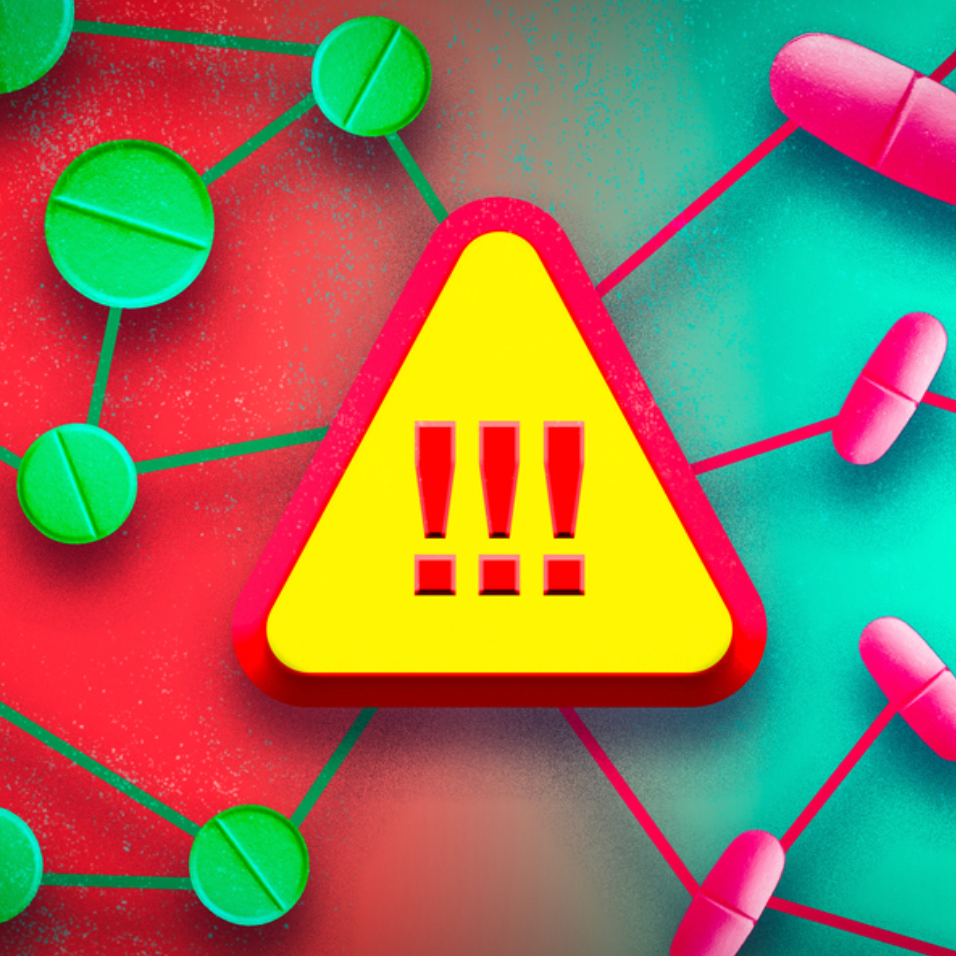Atomic editing swaps atoms in molecules to make better drugs
Oct. 15, 2024.
2 mins. read.
10 Interactions
Researchers have found a way to easily change one kind of atom into another in certain molecules, which are like building blocks for drugs.
Researchers at Korea Advanced Institute of Science and Technology (KAIST) have found a way to easily change one kind of atom into another in certain molecules, which are like building blocks for drugs. This change can make drugs work better against diseases.
The researchers describe the work in a paper published in Science. Here is an open copy of the research paper.
The researchers changed oxygen atoms in furan molecules into nitrogen atoms. The change created pyrrole molecules with four carbon atoms and one nitrogen atom. These molecules are important in many medicines.
A tiny change, like swapping one atom, can make a big difference in how well a drug works. This is called the single atom effect, and the technology is referred to as atomic editing.
Changing these atoms used to be hard and expensive because it needed many steps.
The team at KAIST found a way to do this easily using a photocatalyst that uses light energy. A photocatalyst is a substance that helps a chemical reaction happen when you shine light on it. The photocatalyst acts like scissors that can cut out the oxygen atom and stitch in a nitrogen atom.
The new method uses light energy to make this photocatalyst work. Therefore, it works at normal room temperature and pressure, making it simpler and cheaper.
Transformative applications
This new method enables scientists to try out lots of different atom changes quickly. This helps in finding new drugs or making existing drugs better without much hassle or cost.
In the conclusion of the paper, the researchers anticipate that this technology “will allow transformative exploration of otherwise inaccessible chemical spaces in multiple disciplines ranging from drug discovery to material science.”
“This breakthrough, which allows for the selective editing of five-membered organic ring structures, will open new doors for building libraries of drug candidates, a key challenge in pharmaceuticals,” research leader Yoonsu Park says in a KAIST press release. “I hope this foundational technology will be used to revolutionize the drug development process.”
Let us know your thoughts! Sign up for a Mindplex account now, join our Telegram, or follow us on Twitter.


.png)

.png)


.png)









1 Comments
One thought on “Atomic editing swaps atoms in molecules to make better drugs”
This breakthrough from KAIST is incredible! Swapping a single atom in drug molecules using light could totally change the game in drug development. Just one tiny atom shift can make treatments way more effective. So exciting to see where this could lead! #Science #Innovation #DrugDiscovery
🟨 😴 😡 ❌ 🤮 💩